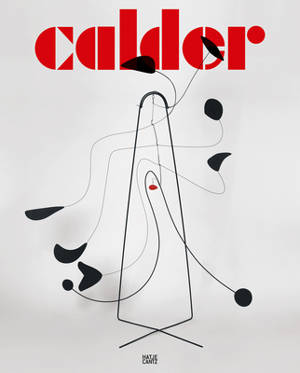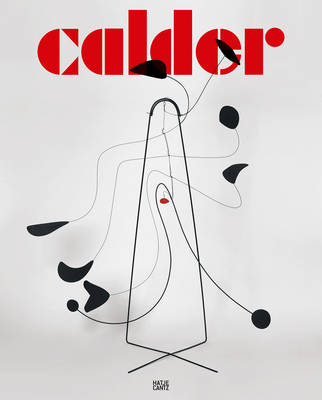
- Afhalen na 1 uur in een winkel met voorraad
- Gratis thuislevering in België vanaf € 30
- Ruim aanbod met 7 miljoen producten
- Afhalen na 1 uur in een winkel met voorraad
- Gratis thuislevering in België vanaf € 30
- Ruim aanbod met 7 miljoen producten
Zoeken
€ 30,00
+ 60 punten
Omschrijving
Alexander Calder (1898-1976) famously transposed modernist visual abstraction into three-dimensional space, initially doing so in the context of European abstract artists such as Mondrian. In 1933, leaving Paris for his native United States, he settled in an old farmhouse in Roxbury, Connecticut, where the forms of nature became a new source of inspiration for his creativity. By the summer of 1934, Calder was producing his first outdoor sculptures. His monumental standing mobile "The Tree" (1966) exemplifies this new tension between abstraction and figuration. This volume, published for an exhibition at the Fondation Beyeler, tracks Calder's evolution away from geometric abstraction and toward large-scale biomorphism via the tree motif. It includes maquettes that anticipate "The Tree" as well as a striking group of rarely seen sculptures from the 1930s to the 1950s.
Specificaties
Betrokkenen
- Auteur(s):
- Uitgeverij:
Inhoud
- Aantal bladzijden:
- 72
- Taal:
- Engels
Eigenschappen
- Productcode (EAN):
- 9783775737104
- Verschijningsdatum:
- 31/01/2014
- Uitvoering:
- Paperback
- Formaat:
- Trade paperback (VS)
- Afmetingen:
- 244 mm x 305 mm
- Gewicht:
- 498 g

Alleen bij Standaard Boekhandel
+ 60 punten op je klantenkaart van Standaard Boekhandel
Beoordelingen
We publiceren alleen reviews die voldoen aan de voorwaarden voor reviews. Bekijk onze voorwaarden voor reviews.








